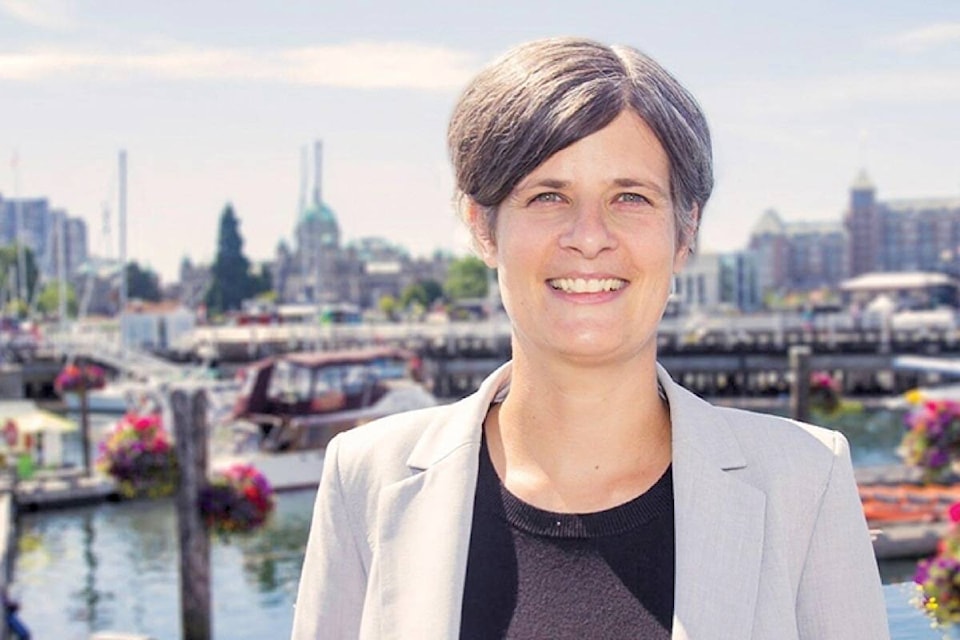I’ve been reading the news headlines lately: “Victoria’s skyline could soon be reaching higher” and “Vancouver-esque’ 989 climbs downtown skyline.”
The latter article states, “The Harris Green strip continues to grow as Cox Development’s $75-million, two-tower condo development climbs the skyline at 989 Johnson St., hoping to shake the design restrictions set by the city.” This isn’t even true. Headlines and stories like these are causing unnecessary alarm and generating fear about Victoria’s future.
989 Johnson and all the other buildings under construction right now fit very much with “design restrictions set by the city.” They conform to the design and livability guidelines set out in the City’s Downtown Core Area Plan as well as the City’s Official Community Plan.
When the City undertook deep consultation with its residents and business owners between 2009 and 2012 to refresh the previous (1995) OCP, the City asked what kind of land-use planning it should do. The overwhelming feedback on the City’s future land use was to concentrate density in the downtown, in village centres, and along major corridors like Fort, Yates, Johnson and Pandora, to name a few. And now, five years after adoption, we’re seeing this plan come to life.
The benefits of this kind of density concentration are twofold. First, the traditional, single-family neighbourhoods that take up most of the land mass in the city will remain largely untouched and intact. Second, concentrating people downtown, in village centres and along transportation corridors allows us to achieve our climate action goals as a city and as a community.
It should be a wake-up call to us all that greenhouse gas emissions in the community – which comprise 99 per cent of all emissions – are increasing, not decreasing. This flies in the face of our image of being so green and sustainable. Dense, compact land-use planning decreases GHG emissions in all sorts of ways.
Another myth out there is that all the cranes on the skyline are there to build high-end condos. This also isn’t true. There are a total of 2,006 housing units currently under construction in the City of Victoria. Of those, 43 per cent are rental apartment units. A further 2,237 units are currently in the planning/approvals stages with 48 per cent of those proposed as rental or affordable housing units.
It’s not only Victoria’s built form that is changing, but our demographics as well. According to the 2016 census, the single largest age demographic in Victoria is 25 to 29. The second largest is 30 to 34 year olds, and the third largest, 35 to 39.
Victoria is changing, but it’s changing by design. It’s changing to meet the needs of its current population and future generations who want to live in a vibrant, compact city with lots of nature, trees, parks and public spaces for all to enjoy.
Victoria won’t become a city of skyscrapers. We’ll be a world-class city with a livable, human scale. And we’ll continue working together to make our city in the 21st century one of the healthiest, most sustainable and prosperous places to live, in the world.
Lisa Helps is mayor of Victoria.



